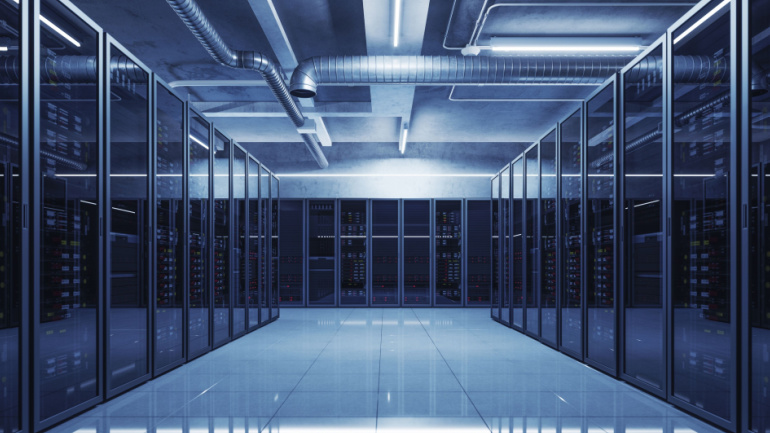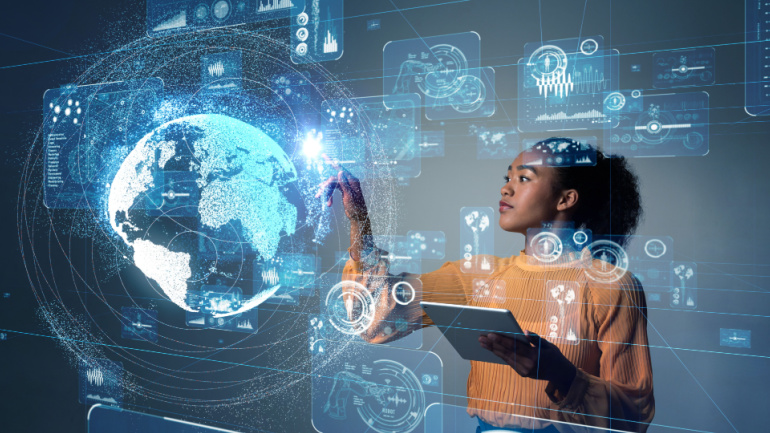In the midst of Johannesburg, CMC Networks, a leading global Tier 1 service provider, is expanding their Global Network Operations Centre. Pairing this development with their move to new Sandton premises aims to boost network capacity, heighten operator productivity, and elevate customer encounters. Through increased AI integration and automation, encapsulating Juniper Mist AI across their network, the upgrade strives to optimize customer experiences.
As AI technology advances at a remarkable pace, the demand for skilled professionals in the field has reached unprecedented levels. The allure of high salaries and an array of job openings has prompted a surge in individuals retraining to capitalize on this burgeoning sector.
Indian telecom giant, Jio Platforms, stands out among potential buyers for a majority stake in Sri Lanka Telecom PLC. It reveals Sri Lanka’s approach to address drastic economic conditions with state-owned enterprises’ privatization.
A first-of-its-kind system in the UK is being trialled in Edinburgh to see if waste heat from a large computing facility can be stored in disused mine workings and used to warm homes. The large amounts of energy needed to power the University of Edinburgh’s Advanced Computing Facility (ACF) could be recycled to heat at least 5,000 households in Scotland’s capital.
Iridium, taking the telecommunications industry by storm, aims to connect satellites directly to devices such as smartphones and automobiles through their Low-Earth Orbit (LEO) satellite infrastructure tightly woven on 5G. The key feature here is connecting ordinary smartphones straight to satellite connectivity.
As global voice wholesale authority, 42Com, aligns with industry powerhouse Vladimir Smal to propel AVISO Messaging into operation, the duo’s intent to foster the messaging sphere with undeniable excellence is evident. Recognizing the indomitable role of reliable communication, AVISO Messaging emerges as a beacon, espousing a fraud-free environment and assuring growth. Its onward journey emphasizes diversification, with plans to introduce WhatsApp, RCS, and voice messaging solutions into its expanse. AVISO’s pledge to deliver quality, security, and competitive pricing signifies a renovation of industry standards. As a guardian in this arena, AVISO Messaging is poised to redefine trusted communication solutions.
Netcracker Technology allies with Advanced Info Service (AIS), Thailand’s largest mobile carrier. Aiming to centralize AIS customer billing systems through Netcracker Revenue Management, this collaboration ensures efficient marketing preparations and amplified sales view. It’s a significant overhaul of IT infrastructure that boosts business agility and performance. This partnership focuses on cloud-based IT, compliance with major industry standards, and facilitating customer-centric clouds.
In response to the rapid growth of the metaverse and generative AI sectors, the European Commission (EC) is conducting a comprehensive evaluation of the competitive landscape. Margrethe Vestager, the Executive Vice President of competition policy, has issued Requests for Information (RFI) for both markets, urging stakeholders to share insights on competition levels and propose ideas on how antitrust regulations can sustain competitiveness.
In the ongoing technological rivalry between the United States and China, Huawei has emerged as a significant beneficiary, particularly in the realm of artificial intelligence (AI). The U.S. government, in its persistent efforts to hinder China’s progress in AI development, has implemented various bans on the sale of certain products from American companies to their Chinese counterparts. The focus of this battle shifted notably to AI over the past year, with China positioning itself as a frontrunner in AI, albeit still relying on U.S. company Nvidia for crucial high-performance chips.
Unicon, a key player in Linux-based operating systems, is thrilled to announce the expansion of its strategic partnership with LG Electronics through the Unicon eLux Ready Program. This collaboration signifies a major leap forward, merging LG’s hardware proficiency with Unicon’s software prowess to deliver state-of-the-art solutions for cloud-enabled digital workspaces.













